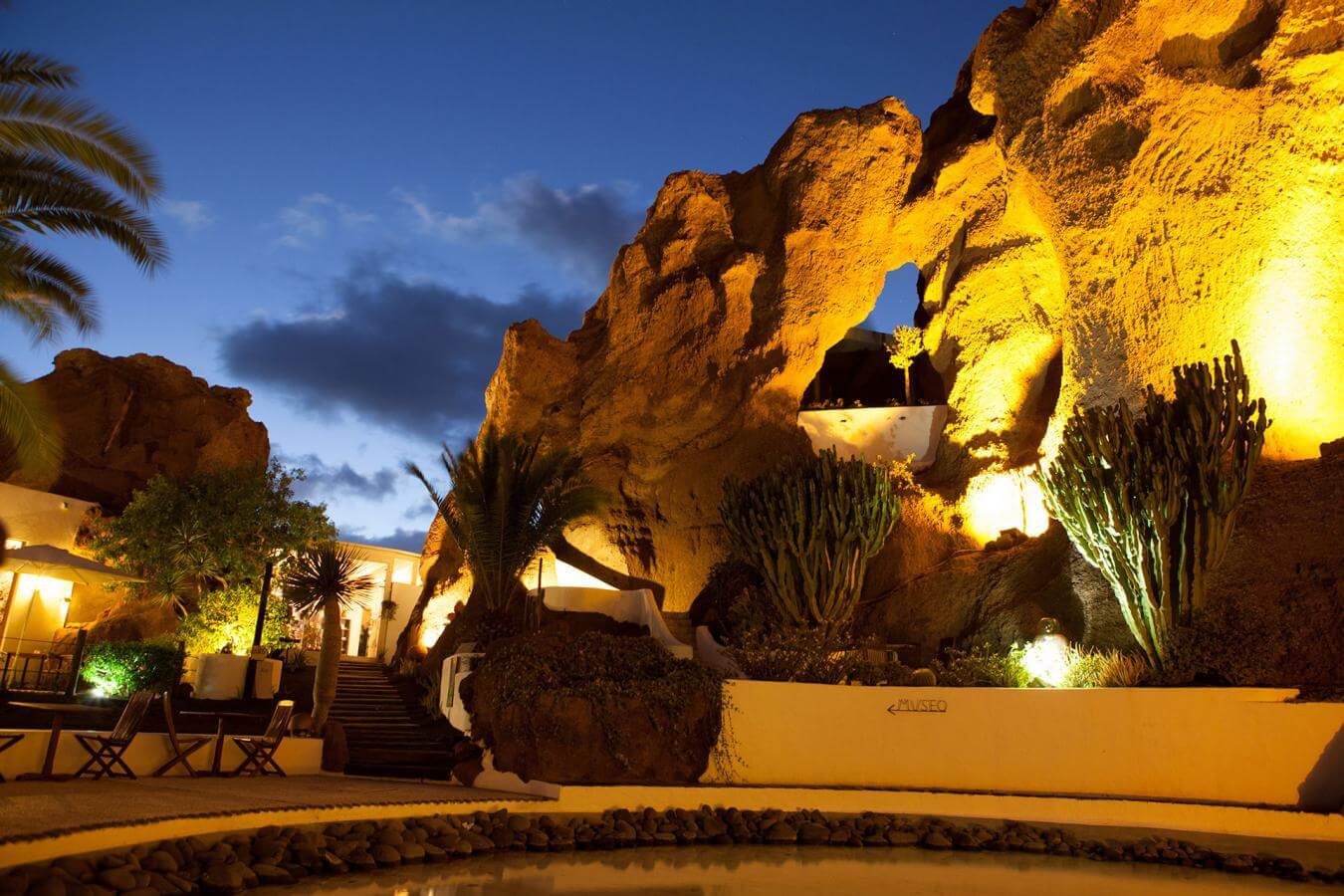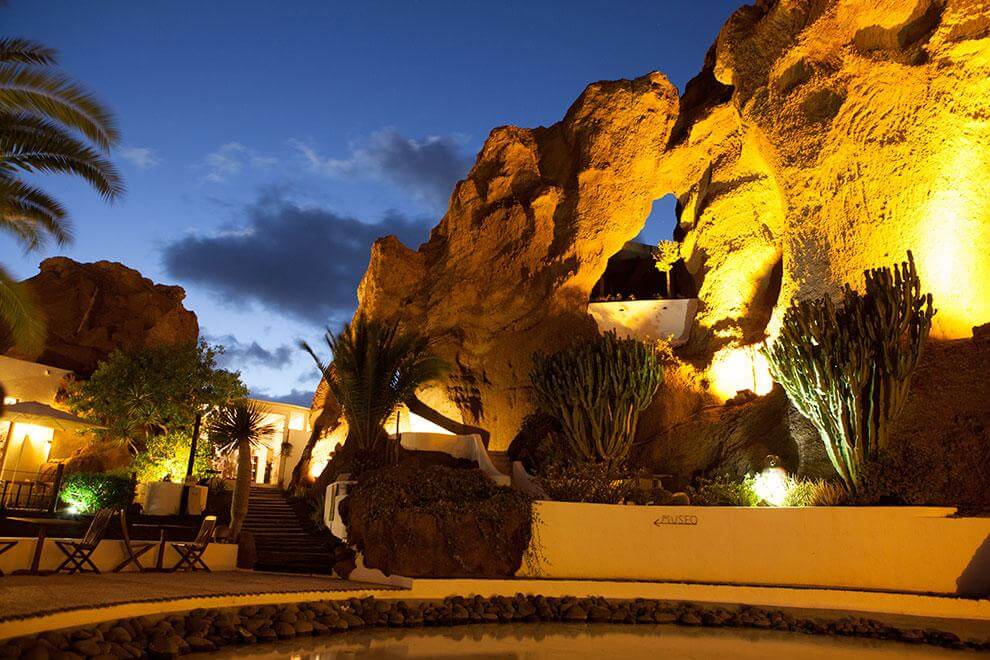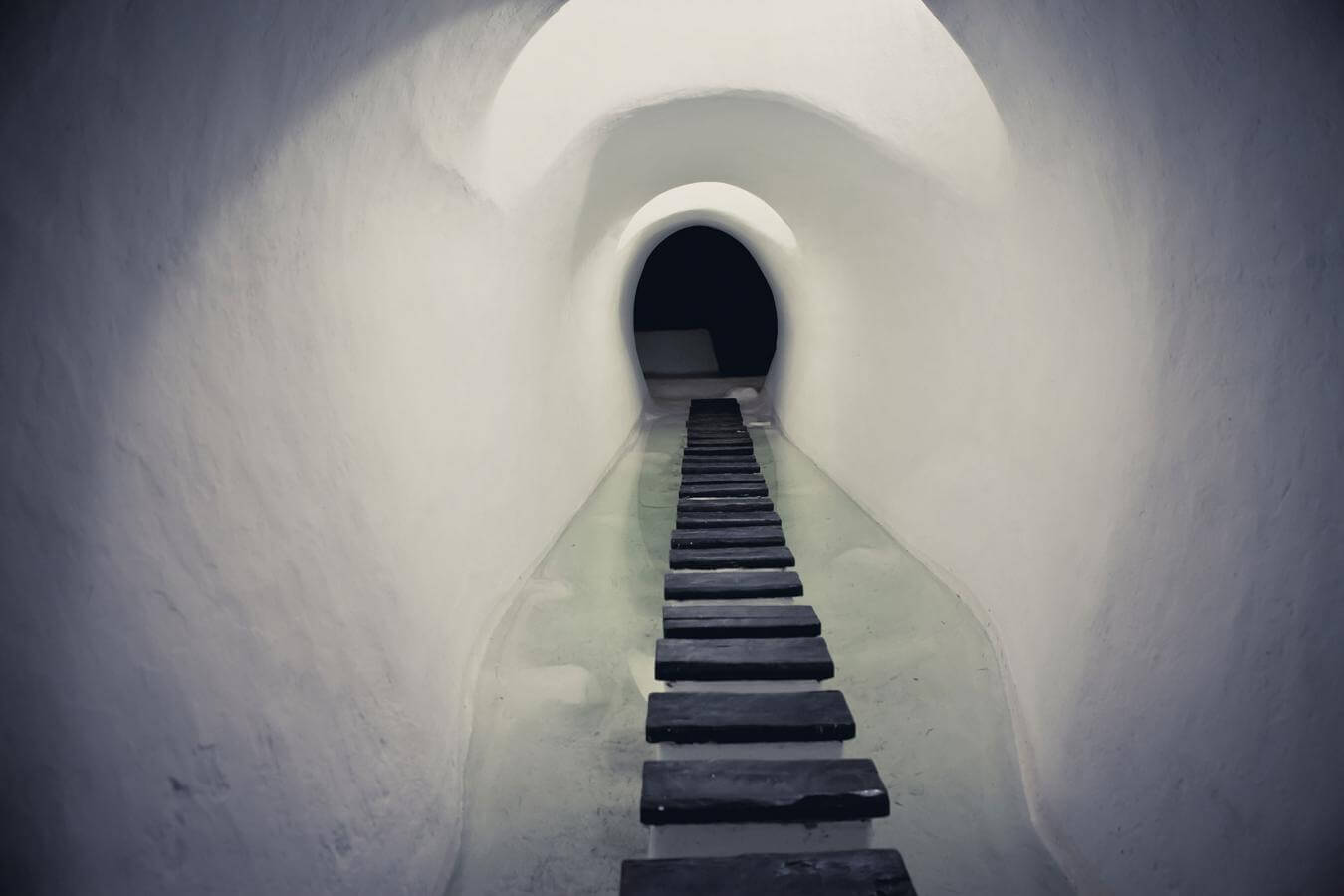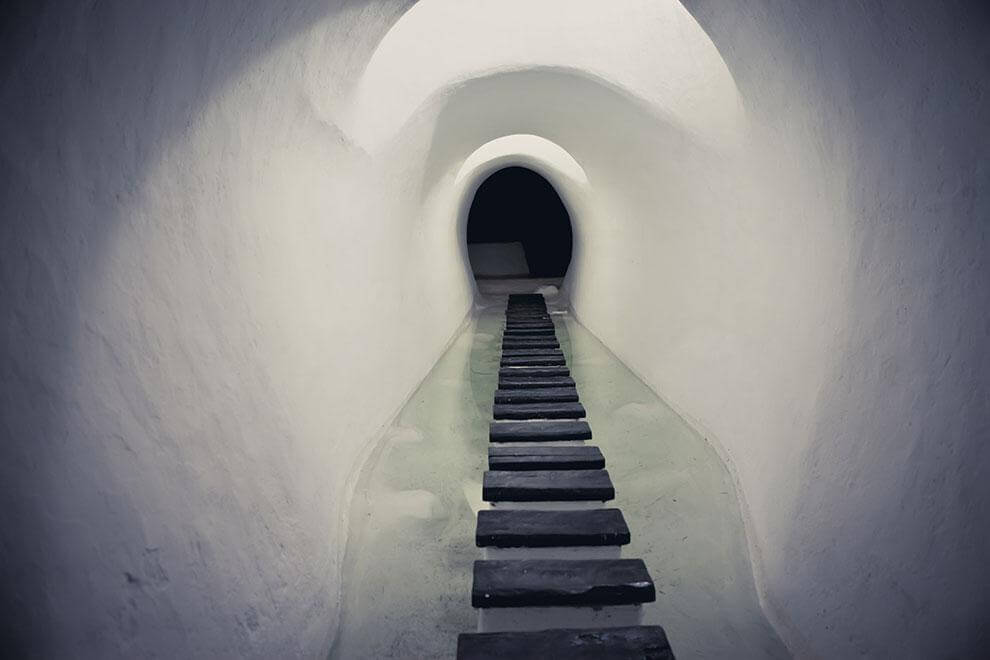A path through Lanzarote’s cultural landscape.
Once you start to organize your itinerary for a trip to Lanzarote it quickly becomes clear that it is difficult to see everything in one go. The island doesn’t just have great natural beauty. It also has enormous cultural history. There are a wide number of museums that are suitable for every taste. Visitors can enjoy an in-depth investigation of the soul and history of Lanzarote.
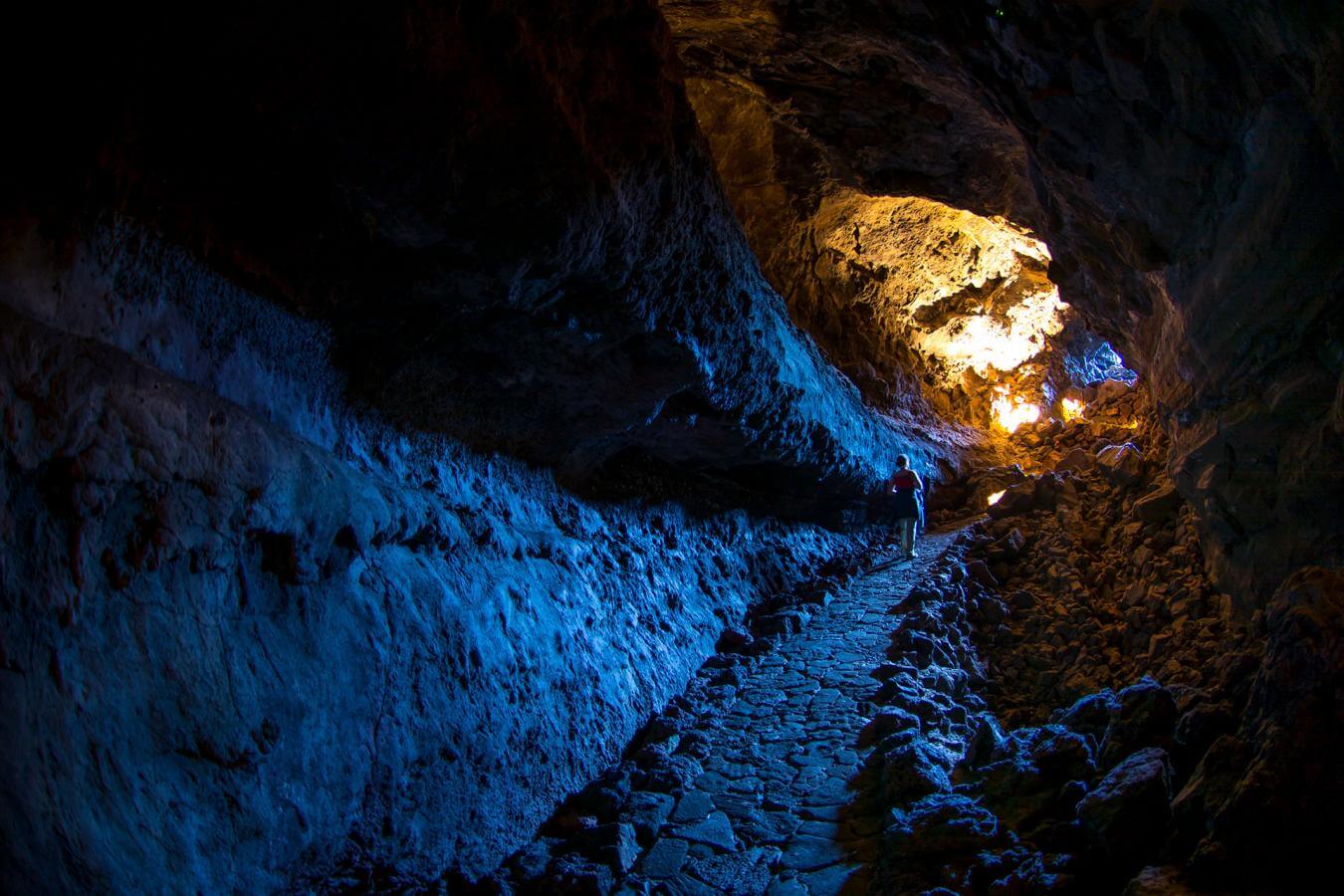
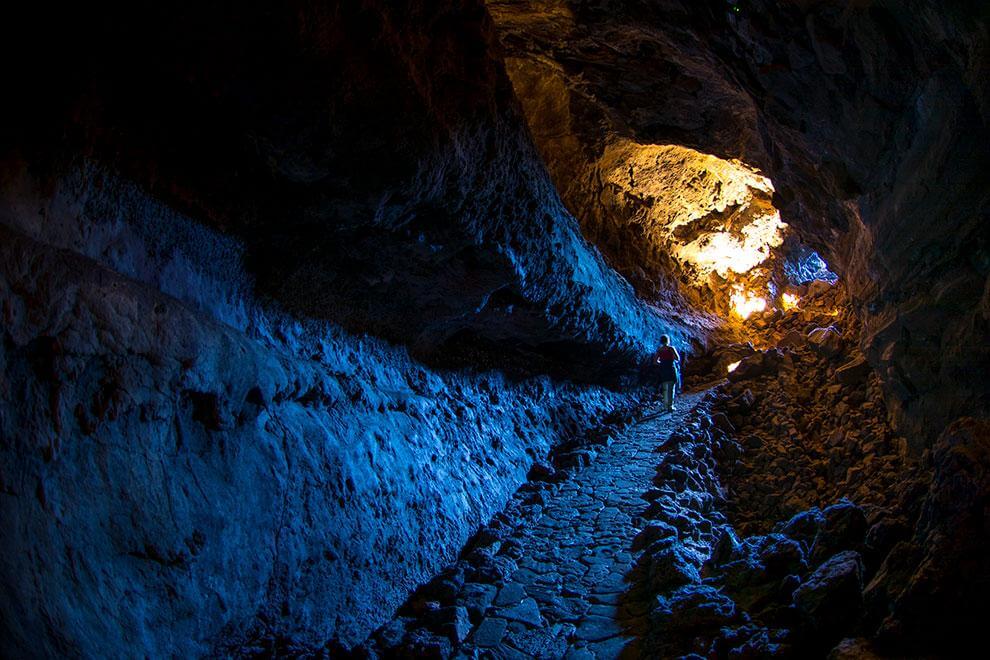

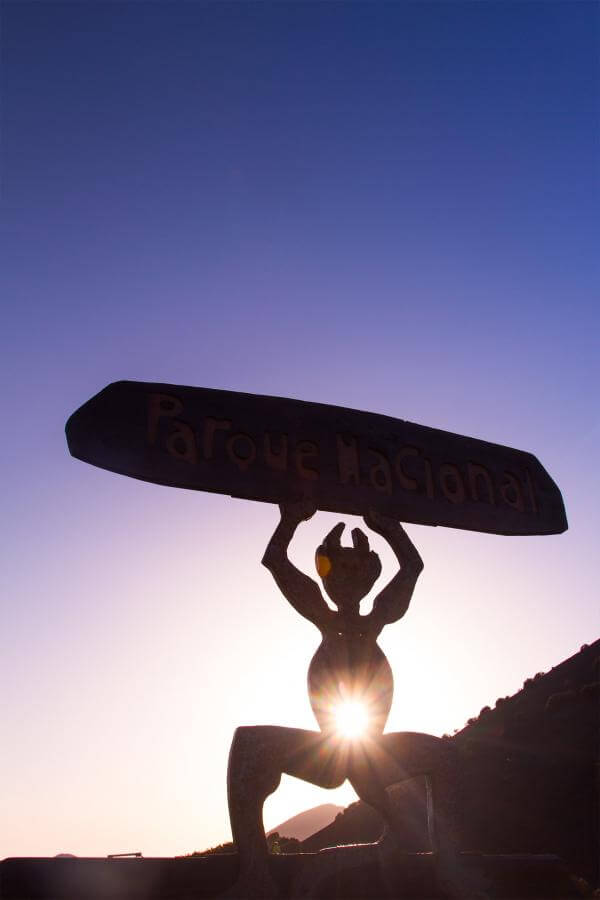



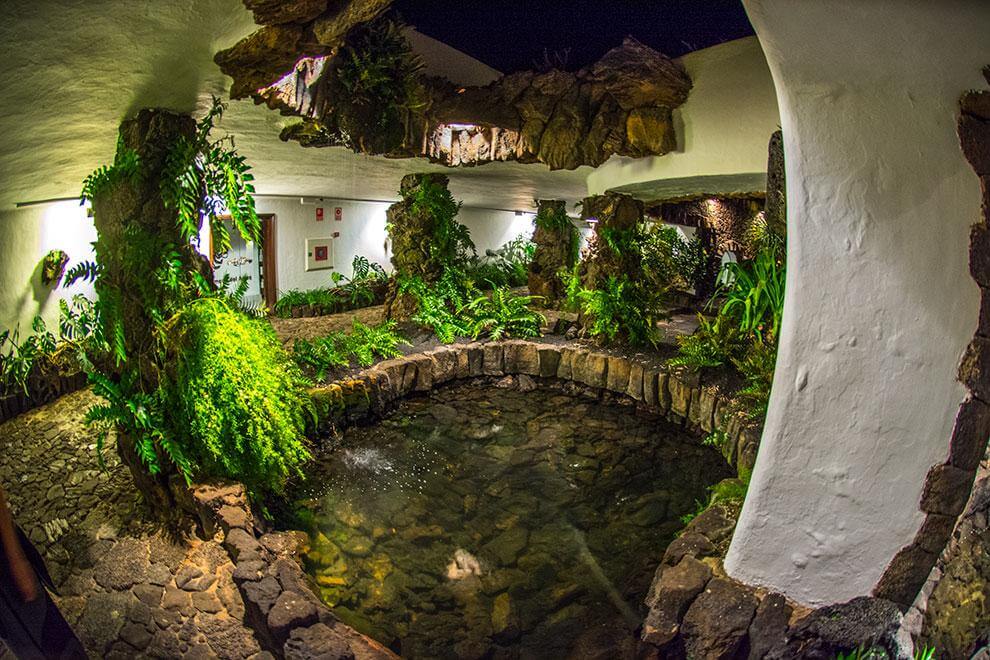

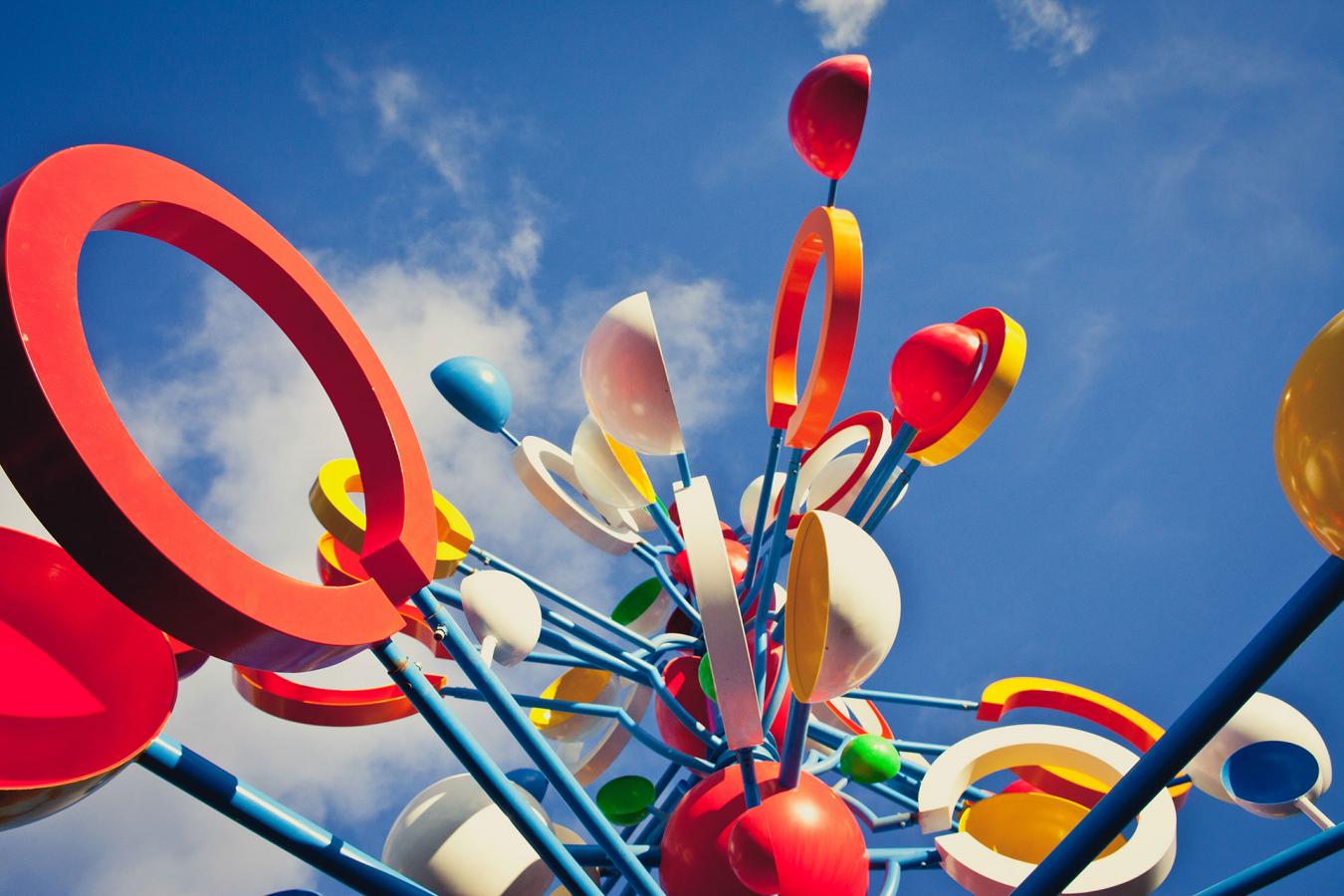
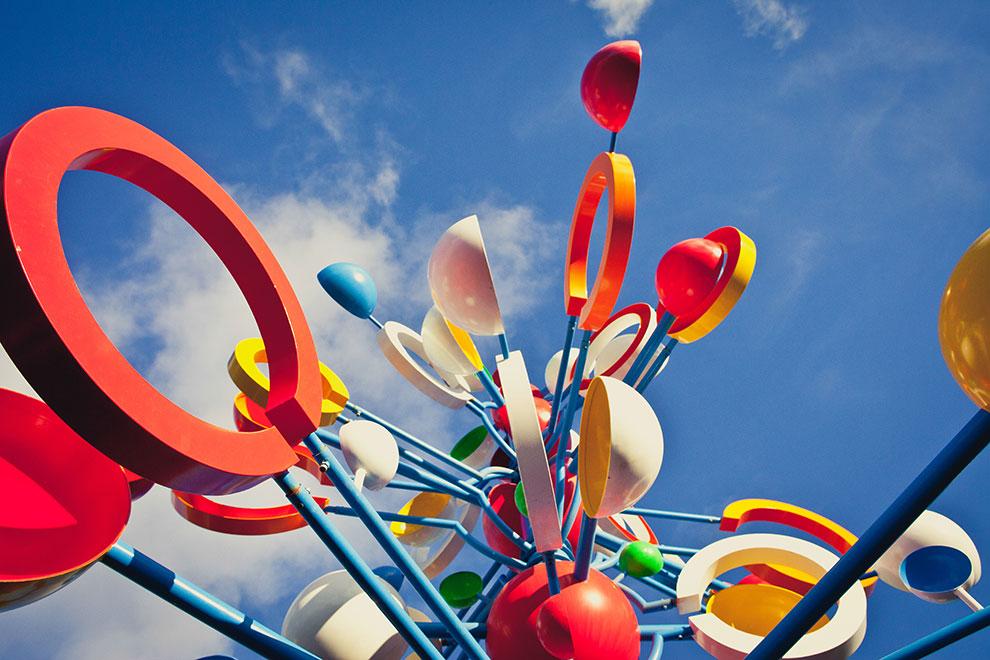

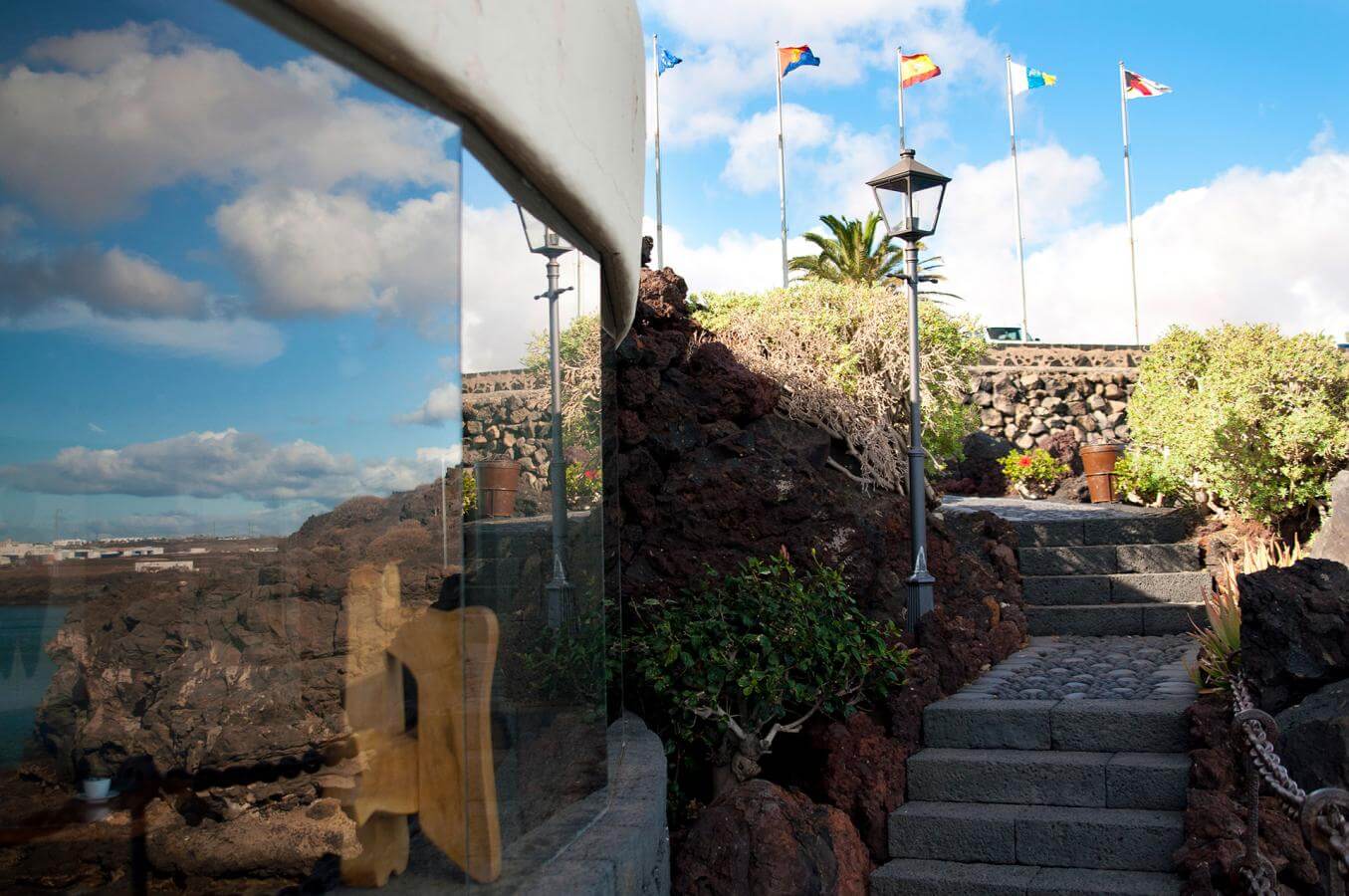


César Manrique Museum
César Manrique’s legacy is spread throughout Lanzarote. The multi-faceted artist left a broad portfolio of sculptures, buildings which his architecture inspired, and living spaces. Each piece has been carefully honed to integrate with the natural world around it. Attention for the artist is however centred on his old house which he lived in from the mid-1980s to his death in 1992 and which has been turned into a museum to celebrate the life of the Canary Islands artist. Located in the north of Lanzarote, in the middle of the Haría palm grove, the museum offers an intimate insight into the personal life of the artist. The extraordinary dwelling demonstrates Manrique’s skill at interpreting nature through art. C/Elvira Sánchez, 30 ( Haria)
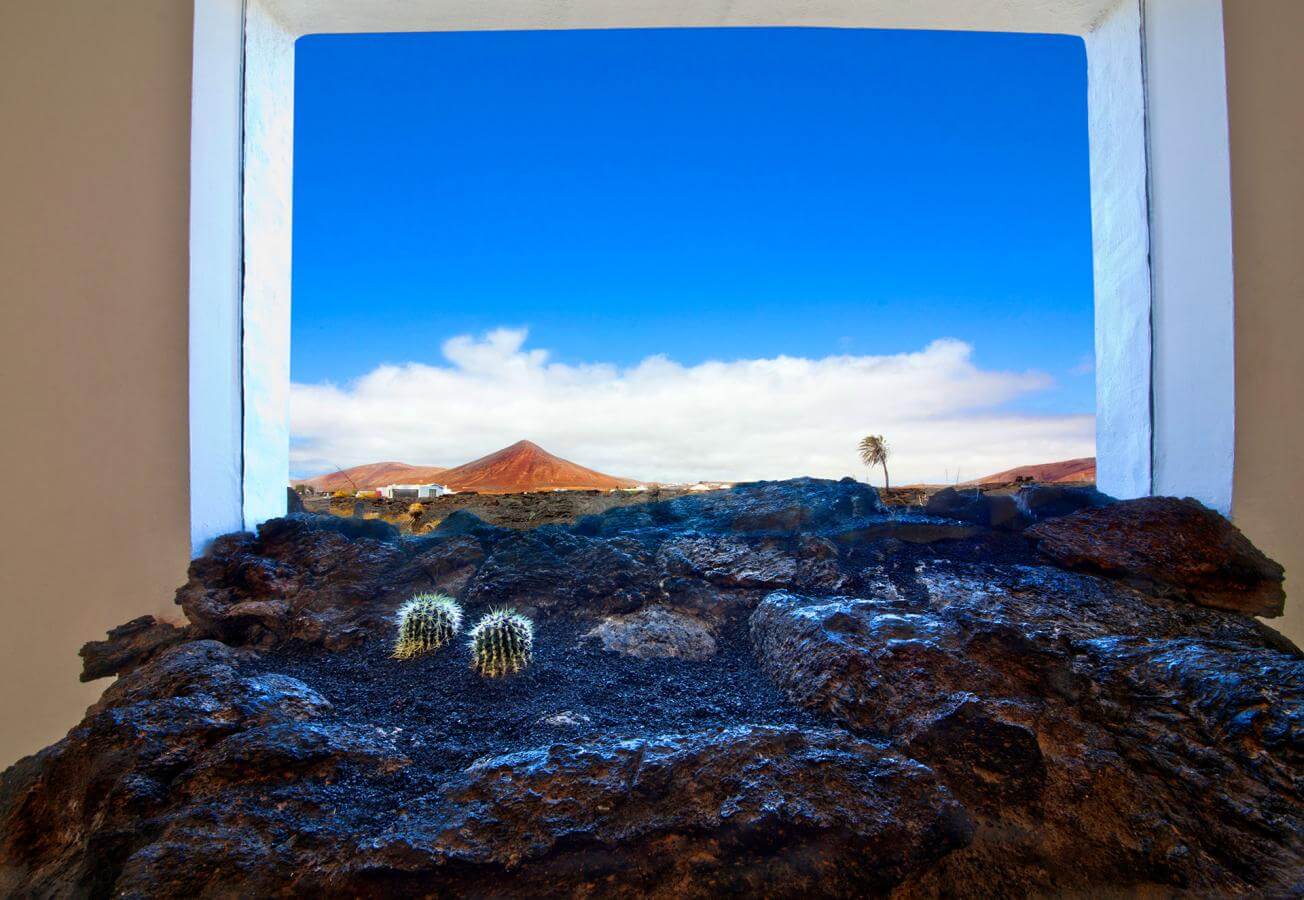
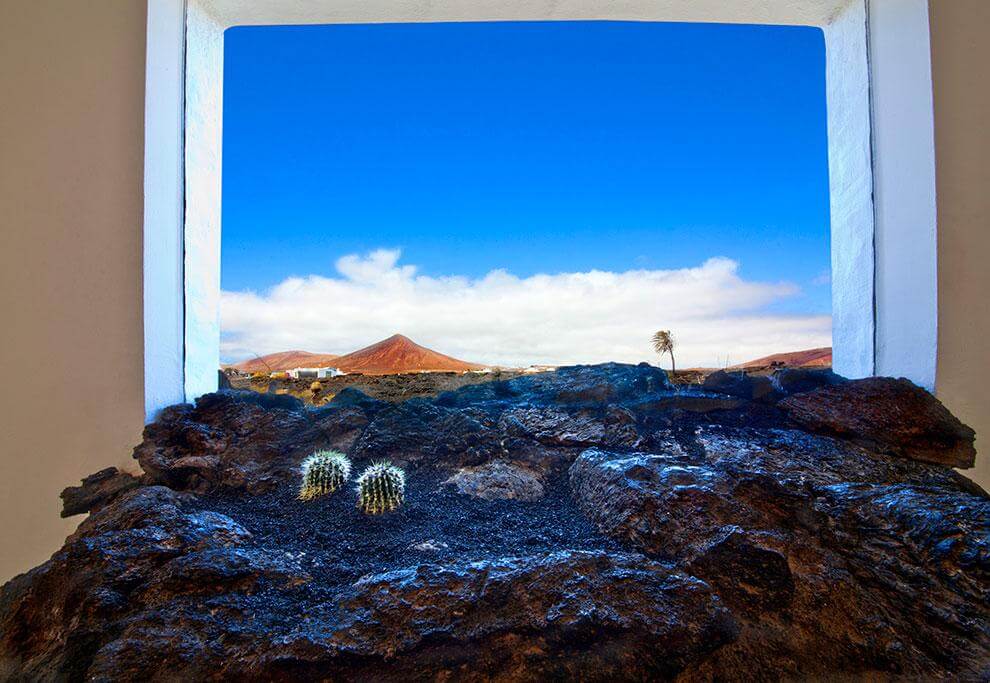

Casa-Museo del Campesino
Located in the municipality of San Bartolomé, this museum offers a panorama of the architecture, crafts and traditional food of the island's farmers. This wonder of architecture which was built in 1968 prides itself on housing the sculpture ‘Fertility’, one of the seminal works by César Manrique. The complex is a tremendous example of how a traditional style can adapt successfully to modernity. For dining, it offers an intimate cave restaurant. The grotto has been carved out from the volcanic rock by hand and offers charm and is a great place to sample local cuisine. Ctra. de Arrecife a Tinajo (Mozaga).
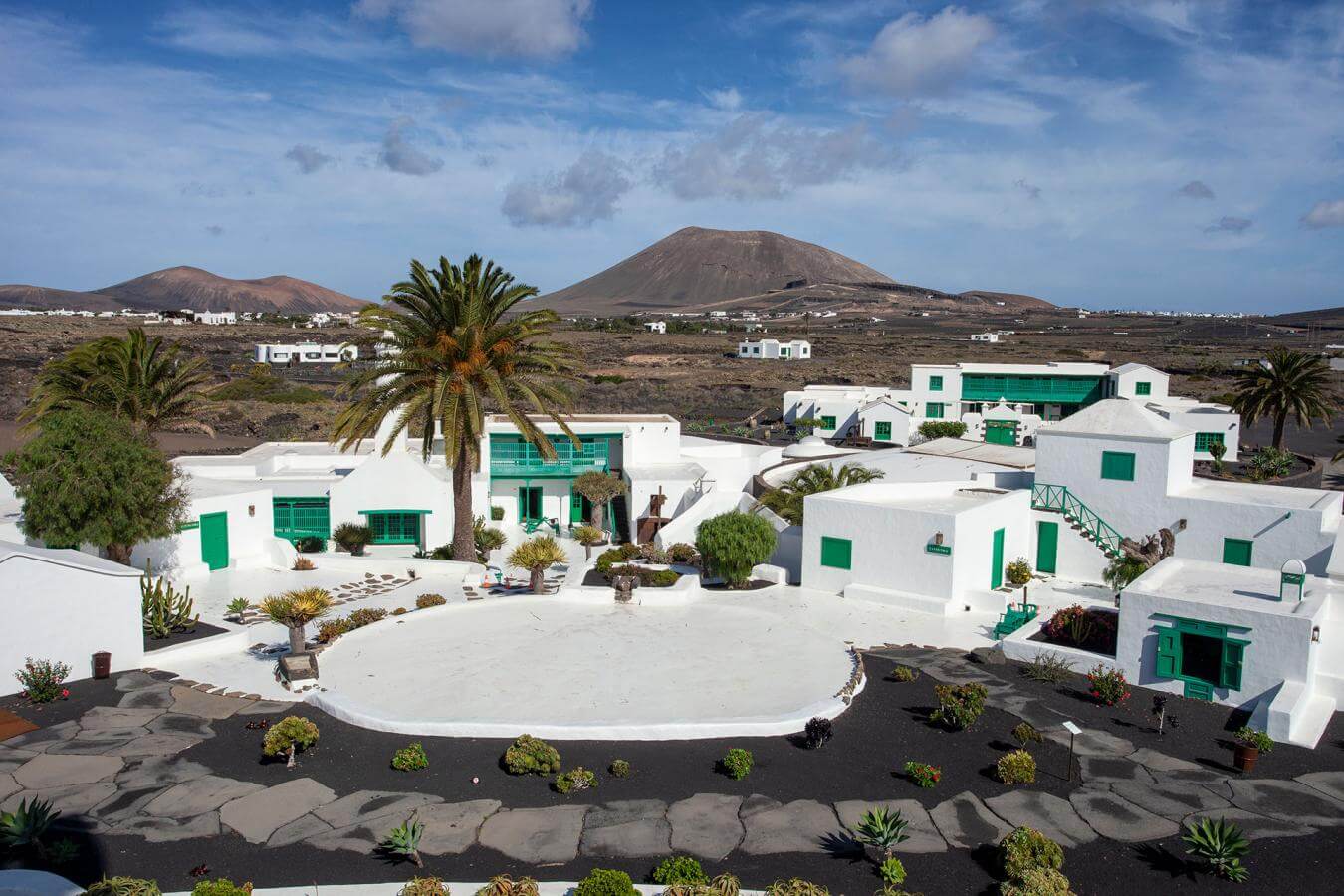
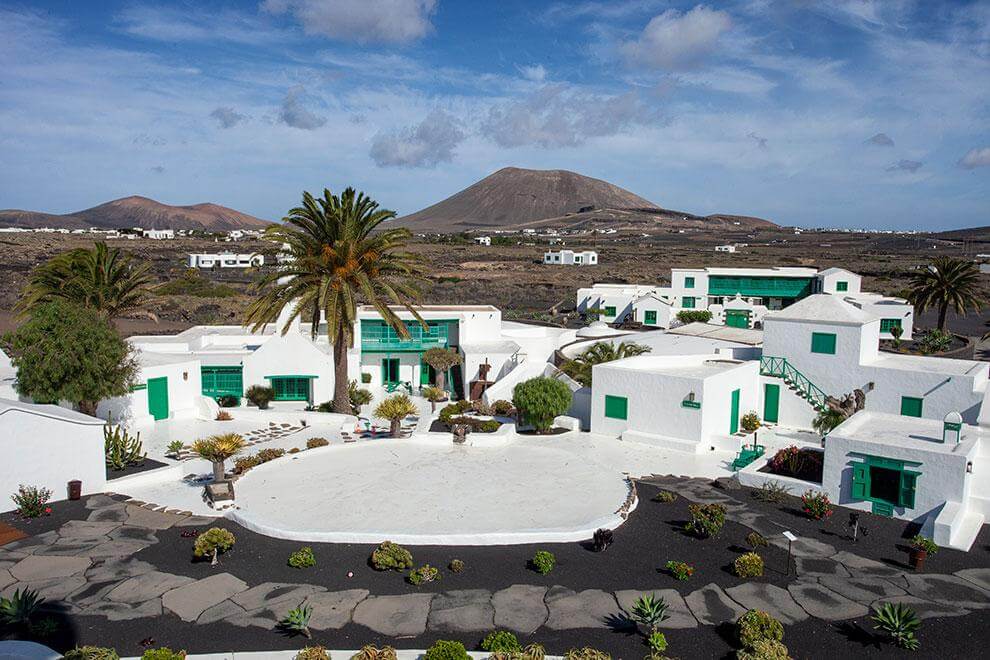

Casa José Saramago
A visit to the house of José Saramago offers the chance to see where the Portuguese Nobel Prize winning writer spent the last eighteen years of his life. The house is practically the same today as on the day he died. Visitors will enjoy a close-up view of the surroundings which inspired the imagination of the writer who loved Lanzarote so much. Los Topes, 1 (Tías).
Casa-Museo Palacio Spínola
This palace, formerly an official residence of the Canary Islands Government, was built by José Feo Peraza in the 18th century and currently houses the Timple Museum, an historical exhibition of the emblematic Canary Islands musical instrument. San Miguel, s/n (Teguise).
La Casa Amarilla
This emblematic building, declared a ‘site of cultural interest’ in 2002, was once an official building of the local government of Lanzarote. Built in the 1920s, in the heart of Arrecife, the building has been refurbished to the highest standards. The façade looks as good as on the day it was constructed, with the original yellow colour which has become so emblematic over the years, never brighter. The building currently hosts exhibitions which celebrate the culture and history of Lanzarote. León y Castillo, 6 (Arrecife).
Museo Etnográfico Tanit
Located in the heart of the island, in the town of San Bartolomé de Ajey, the museum is located in an old winery from the 18th century. The objective of the museum is to show visitors how people used to live on the island. The building and design of the rooms – with original items (cutlery, clothes etc.) from previous centuries – documents the everyday lives of our ancestors and allows visitors to understand how different things were in the past. Constitución, 1 (San Bartolomé de Lanzarote).
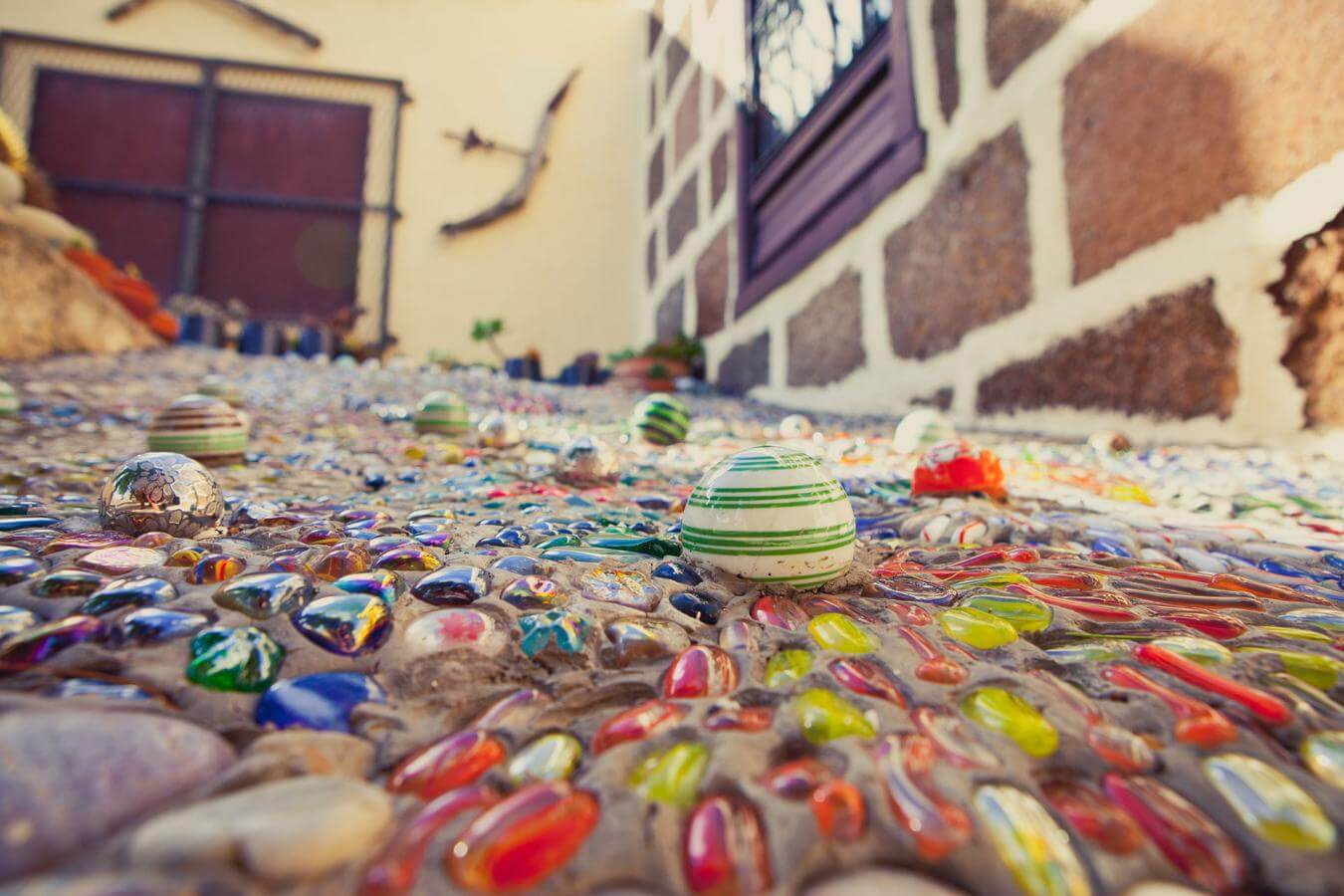
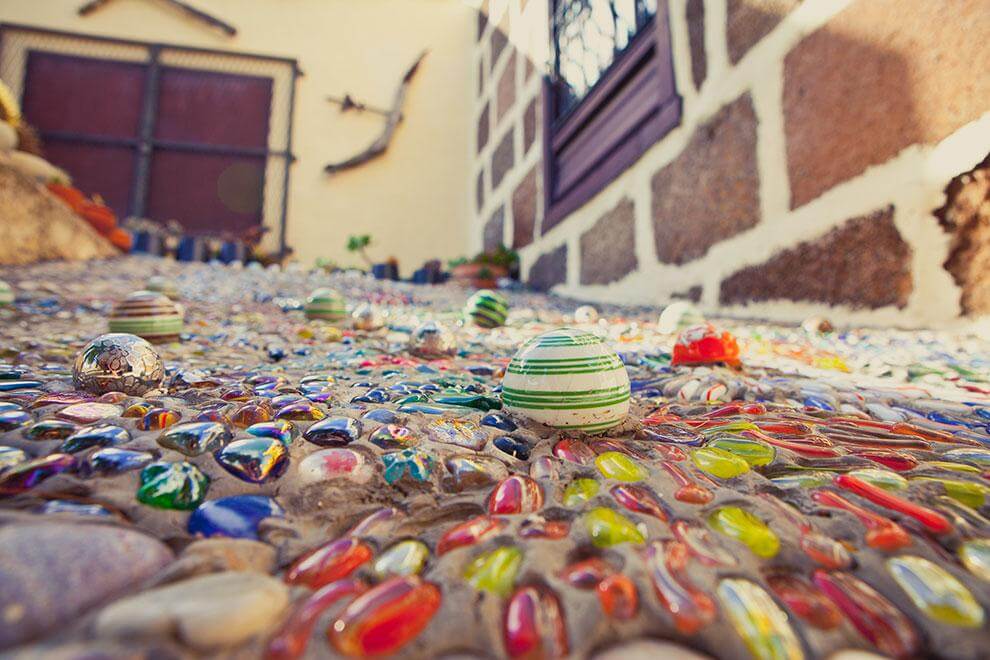

Museo Lagomar
This place, designed by César Manrique and Jesús Soto and once the home of Omar Sharif, is an explosion of red, white and turquoise. Located on the cliff of the Nazareth volcano, the building has been built amidst the nooks and crannies of rocks, caves and tunnels. It is a great example of how well architecture in Lanzarote blends the work of the human hand with nature. Today the complex is a cosy base for a restaurant, bar and art gallery. Los Loros, 2. Nazaret (Teguise).
